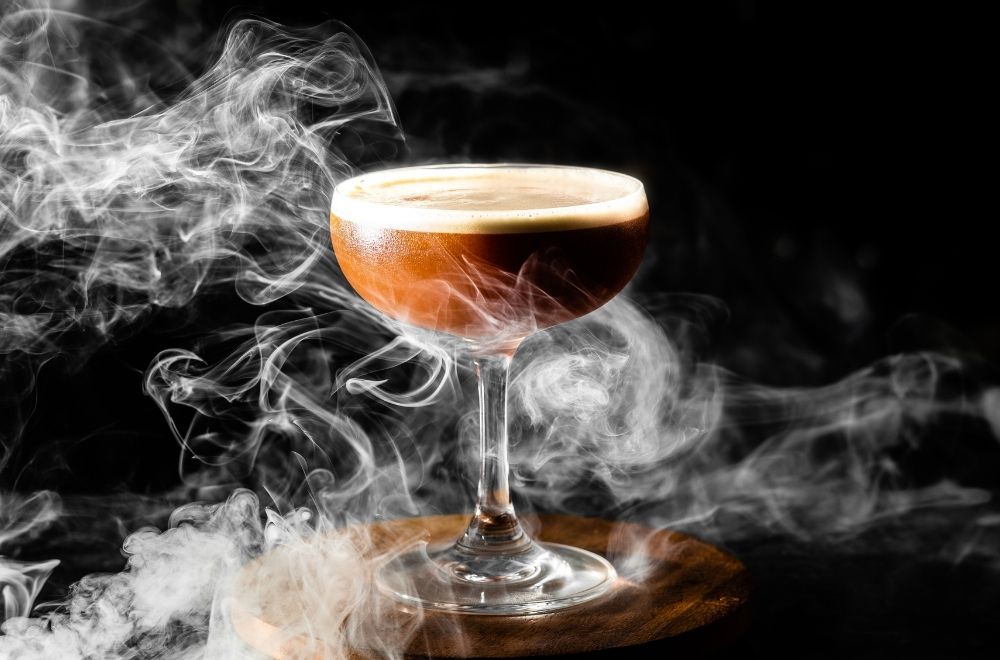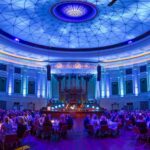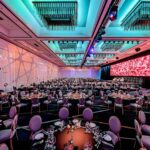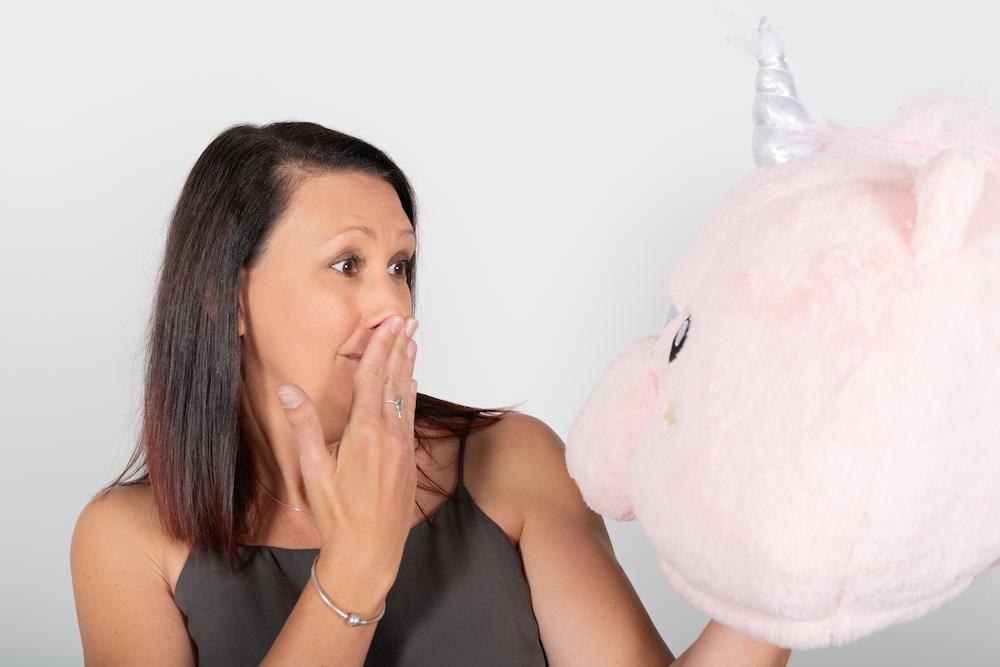Creating events that people don’t just attend but feel in their bones, that’s the magic of multi-sensory entertainment. It’s no longer enough for guests to sit back and watch; today’s most memorable experiences draw people in by engaging all the senses: sight, sound, smell, touch, and taste.
Whether it’s a corporate launch, immersive theatre piece, luxury wedding or public festival, event professionals across Australia are rethinking how to connect with guests on every sensory level. When each element is planned with intention, the result is something far greater than a themed backdrop or fancy playlist. It becomes a fully immersive world that lingers in the memory long after the pack-down.
Let’s explore how to design experiences that engage all five senses and why this approach is gaining popularity among more planners, venues, and entertainers in 2025.
Why Sensory Design Matters in Event Planning
Humans experience the world through our senses. It’s how we make memories, form emotional connections, and decide whether something feels meaningful or forgettable.
In fact, according to a study by London & Partners and CWT Meetings & Events, 78% of event organisers believe engaging multiple senses improves audience retention and emotional impact.
When you activate more than just sight and sound, you tap into deeper brain processing. Smell in particular is directly linked to memory and emotion, while taste and touch add a personal, physical layer that makes events feel real rather than staged.
The rise of immersive dining, sensorial theatre, and experiential brand activations isn’t a fad. It’s a return to the idea that experiences aren’t just seen, they’re lived.

Designing for All Five Senses
Sight: The First Layer of Impact
Visuals are often the first sense to engage guests and increase the guest experience. But great event visuals go beyond aesthetics; they reinforce emotion and narrative.
Use lighting to shift mood throughout the evening. Consider projection mapping to turn blank walls or outdoor buildings into animated scenes. Incorporate consistent theming across floral design, signage, table styling and even dress codes to keep the story tight.
At corporate events, branded stage lighting and dynamic visuals can effectively convey key messages. At weddings, carefully timed lighting changes, such as dimming to candlelight during speeches, can create magic without a word.
Sound: Atmosphere in Every Decibel
Music and soundscapes set the emotional tempo of an event. Background event acoustics can influence energy, calm nerves, or signal a transition from formal to festive.
Live musicians, curated playlists or spatial audio setups allow you to build sound into your event architecture. Events like DARKFIELD (more on that below) show how immersive audio alone can transport guests into another world.
Think about audio from all angles. What do guests hear when they walk in? What sound accompanies key moments like a first dance, an award announcement, or a product reveal?
Smell: Subtle, Powerful, Unforgettable
Scent is the most underused and most emotionally potent sensory tool in the planner’s arsenal.
Aromas can evoke nostalgia, add thematic richness or signal a change in environment. You might diffuse citrus scents to energise a morning seminar, or use sandalwood and florals to soften a romantic setting.
Event scent machines, like ScentAir or Aroma360, offer programmable scenting for large venues. But even simpler touches, like eucalyptus in floral arrangements, scented candles or the scent of cooking from a food station, can shift the atmosphere.
Just ensure scent use is subtle and considerate of allergies. Less is often more.
Touch: Getting Guests Physically Involved
Texture and physical interaction make events feel personal. From the smoothness of silk napkins to the tactile experience of a gripping art installation, what guests touch influences how welcome and engaged they feel.
Tactile design can be incorporated into lounge furniture, interactive booths, digital installations, or even invitations. At brand activations, product samples and material swatches provide guests with tangible items to hold, literally building a sensory memory of the brand.
Comfort also counts. Soft seating, warm blankets at outdoor events and even cushioned flooring under marquees can all change how long guests stay and how relaxed they feel.
Taste: The Most Shared Experience
Food and drink are a natural way to link emotion with theme. But going beyond standard catering makes them a more immersive tool.
Tie your menu to the event story. A rainforest gala might serve tropical canapés and herbaceous cocktails. A sustainability conference could highlight native Australian ingredients. Signature drinks and themed desserts add an interactive layer guests love to photograph (and remember).
Interactive food stations, such as live cooking demos or grazing tables with unusual pairings, draw guests into the experience. For corporate event settings, even coffee carts and mocktail bars can be customised to match a sensory concept.
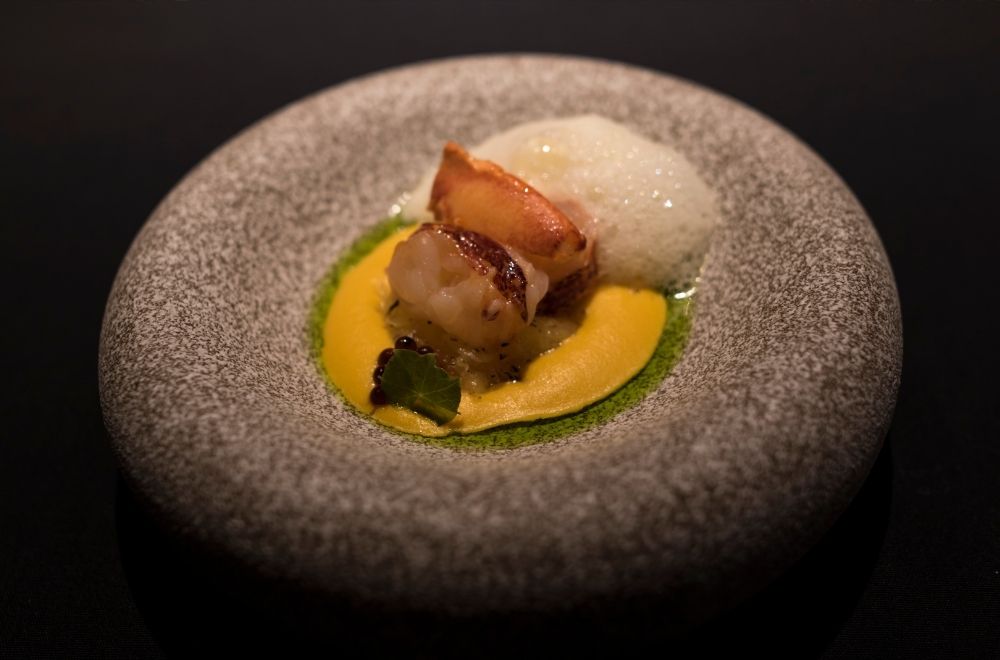
Successful Multi-Sensory Events
Here are some examples showing how professionals are successfully using multi-sensory techniques in events:
Vivid Sydney (NSW)
One of Australia’s largest annual festivals, Vivid Sydney combines projection mapping, interactive light installations, sound design, and, in recent years, olfactory experiences. In 2023, the “Vivid Food” program added a flavour dimension to the traditionally visual and audio-led event. Installations like Lightscape used scent machines to release botanical aromas along a walking trail in the Royal Botanic Garden, layering smell into the light and sound journey.
DARKFIELD (Touring AUS)
Created by UK-based Realscape Productions and presented across Australia, DARKFIELD is a series of audio-immersive theatre experiences in pitch-black shipping containers. Shows like Séance and Flight use 360° binaural sound to simulate environments so convincingly that guests report feeling physically disoriented. In addition to sound, shows utilise vibration, temperature shifts, and tactile effects (such as the brush of air or seat rumblings) to create a fully embodied narrative.
SubliMotion (Ibiza)
While not Australian, SubliMotion remains the gold standard for multi-sensory dining. The 12-seat experience features 360° video projection, choreographed lighting, sound, temperature, scent release, and timed dishes, with each course designed to engage all the senses simultaneously. For example, during a “polar” course, cold air is pumped into the room while guests enjoy a frozen dish under cool blue lighting accompanied by crisp, high-frequency sounds.
Secret Cinema (UK)
Secret Cinema blends film screenings with immersive theatre and multi-sensory interaction. For events like Casino Royale and Blade Runner, guests enter a themed world with authentic sounds, set dressing, food, drink and even scent. One 2022 production featured a Moroccan-style market where guests could sample spiced snacks, experience the scent of incense, and interact with live performers before watching the film.
Why This Approach Works
Multi-sensory experiences deliver clear professional outcomes:
- Higher engagement: Guests participate more actively when they can move, touch, smell or taste.
- Improved recall: Events that stimulate multiple senses tend to stick in memory.
- Emotional connection: Scent, sound, and tactile moments bypass logic and go straight to the heart.
- Perceived value: When clients or attendees experience a carefully curated sensory journey, it feels intentional, premium and worth sharing.
For corporate event planners, it’s a way to reinforce brand identity. For venue operators, it boosts reputation as a creative partner. And for entertainers, it offers a chance to create standout, immersive performances that go well beyond the stage.
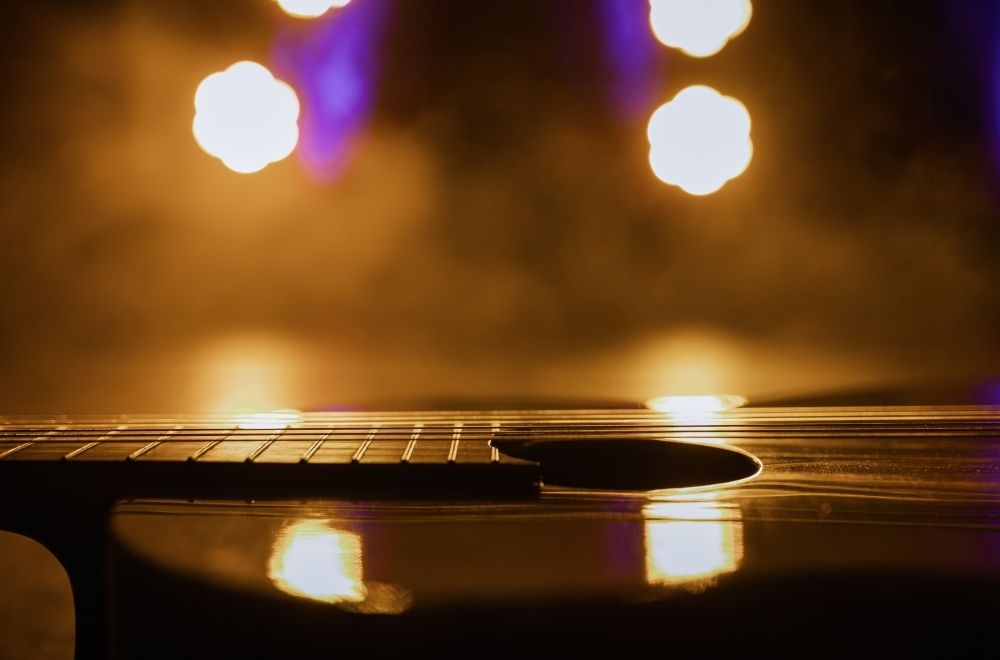
How to Make It Happen
You don’t need a blockbuster budget to design sensory-rich experiences. What you do need is intentionality and alignment. Here’s how to get started:
1. Start with the Narrative
Every sensory choice should support your event’s story or message. Don’t add scent, sound or interactivity for the sake of it — build them into the emotional arc of the event.
2. Choose Senses Strategically
You don’t need to hit all five senses at every turn. A well-executed scent moment during guest arrival might do more than five competing experiences happening at once.
3. Think Comfort First
Guests with allergies, sensory sensitivities or mobility needs should still feel safe and included. Offer quiet zones, clear signage and opt-outs for interactive elements.
4. Collaborate Early with Suppliers
Share your sensory vision with stylists, AV teams, caterers and entertainers. The earlier they’re brought into the process, the better their contributions will align.
5. Test and Tweak
Run walkthroughs and mini-tests of scent machines, light levels or sound design. A small adjustment can make the difference between overwhelming and just right.
Book Your Multi-Sensory Event
For event professionals, multi-sensory design is more than a trend. It’s becoming the standard for experiences that truly connect with guests.
By intentionally engaging your senses of sight, sound, smell, touch, and taste, you can turn ordinary gatherings into extraordinary moments that feel different, because they are. Whether it’s a gala dinner with scented table styling, a product launch with interactive touchpoints or a public installation that smells like the story it tells, these details matter.
And the best part? Your audience doesn’t need to understand the science. They’ll just know that they didn’t want to leave, and they can’t stop talking about it.
Ready to Design an Experience That Engages Every Sense?
At Onstage Entertainment, we help you bring your event vision to life through performers, styling and curated soundscapes that are anything but one-dimensional. Let’s build something guests will still be talking about next year. Contact us today for further information.

